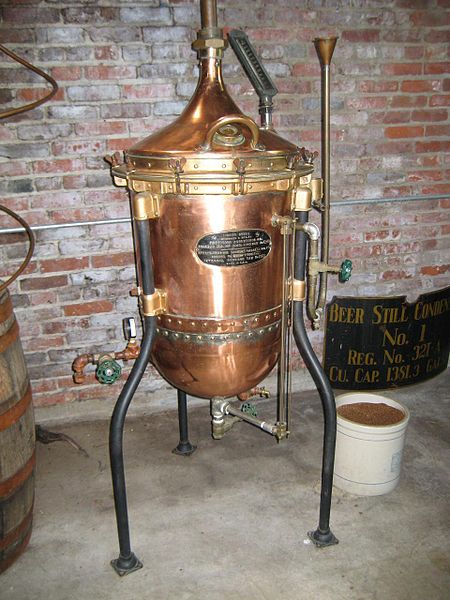
Join us for a little history lesson about how distilled liquor came to be. By definition a distilled beverage, liquor, or spirit is an alcoholic beverage containing ethanol that is produced by distilling ethanol produced by means of fermenting grain, fruit, or vegetables. This excludes undistilled fermented beverages such as beer, wine, and cider.
The term hard liquor is used in North America to distinguish distilled beverages from undistilled ones (implicitly weaker).
In modern distillation, except for the invention of the continuous still in the 19th century, the basic process of distillation has not changed since the 8th century. There have been many changes in the methods used to prepare organic material for the still, and the ways the distilled beverage is finished and marketed. Knowledge of the principles of sanitation and access to standardised yeast strains have improved the quality of the base ingredient; larger, more efficient stills produce more product per square foot and reduce waste; ingredients such as corn, rice, and potatoes have been called into service as inexpensive replacements for traditional grains and fruit. For tequila, the blue agave plant is used. Chemists have discovered the scientific principles behind aging, and have devised ways to accelerate aging without introducing harsh flavors. Modern filters have allowed distillers to remove unwanted residue and produce smoother finished products. Most of all, marketing has developed a worldwide market for distilled beverages among populations that previously did not drink spirits.
Now that you have some understanding of the distillation process, it's time to get mixing. We have a ton of great recipes here and on our www.facebook.com/lybations page to enjoy.
Cheers!